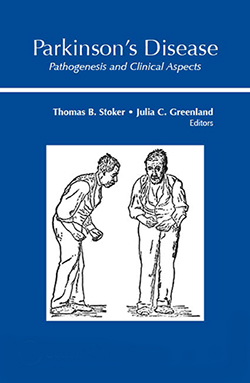Foreword
Main Article Content
Parkinson’s disease is an increasingly common neurodegenerative condition, which causes not only dysfunction of movement but also a broad range of nonmotor features, including mood disturbance, sleep dysfunction, autonomic dysfunction, cognitive deficits, and dementia, and neuropsychiatric symptoms. For half a century, we have had an effective symptomatic therapy for the cardinal motor features of Parkinson’s disease in the form of levodopa, but its long-term utility is limited by the emergence of motor fluctuations and dyskinesia in many patients. A different approach is required to manage the nonmotor symptoms, many of which have a nondopaminergic basis, and these problems can be particularly challenging to treat effectively. Furthermore, our current therapeutic approaches have no impact on the underlying progression of the disease which ultimately leads to significant motor and cognitive disability in many patients. A major conundrum in this condition is understanding its striking clinical variability, which encompasses a spectrum from a benign phenotype with levodopa-responsive symptoms and minimal progression, to a malignant phenotype with rapid progression to severe gait dysfunction, falls and dementia. Understanding the biological basis of heterogeneous forms of the disease is critical to allow development of new therapeutic strategies which are better targeted to different subgroups of patients. CONTINUE READING.....
Downloads
Metrics
Article Details

This work is licensed under a Creative Commons Attribution-NonCommercial 4.0 International License.

